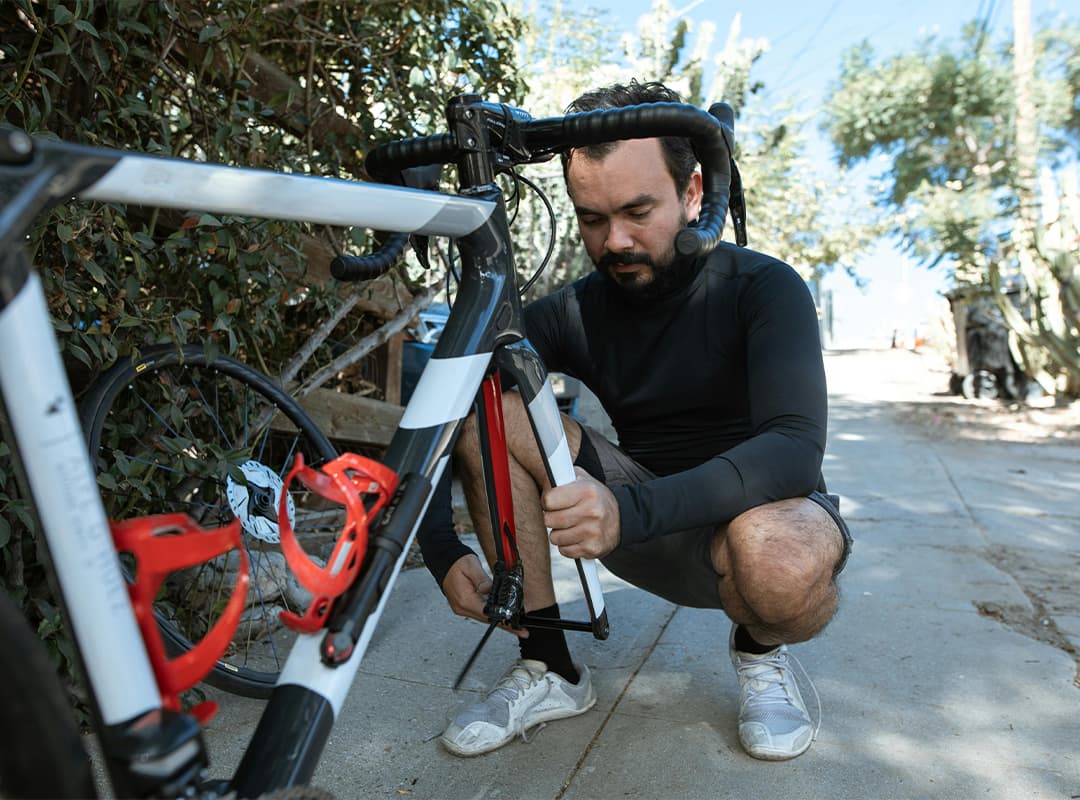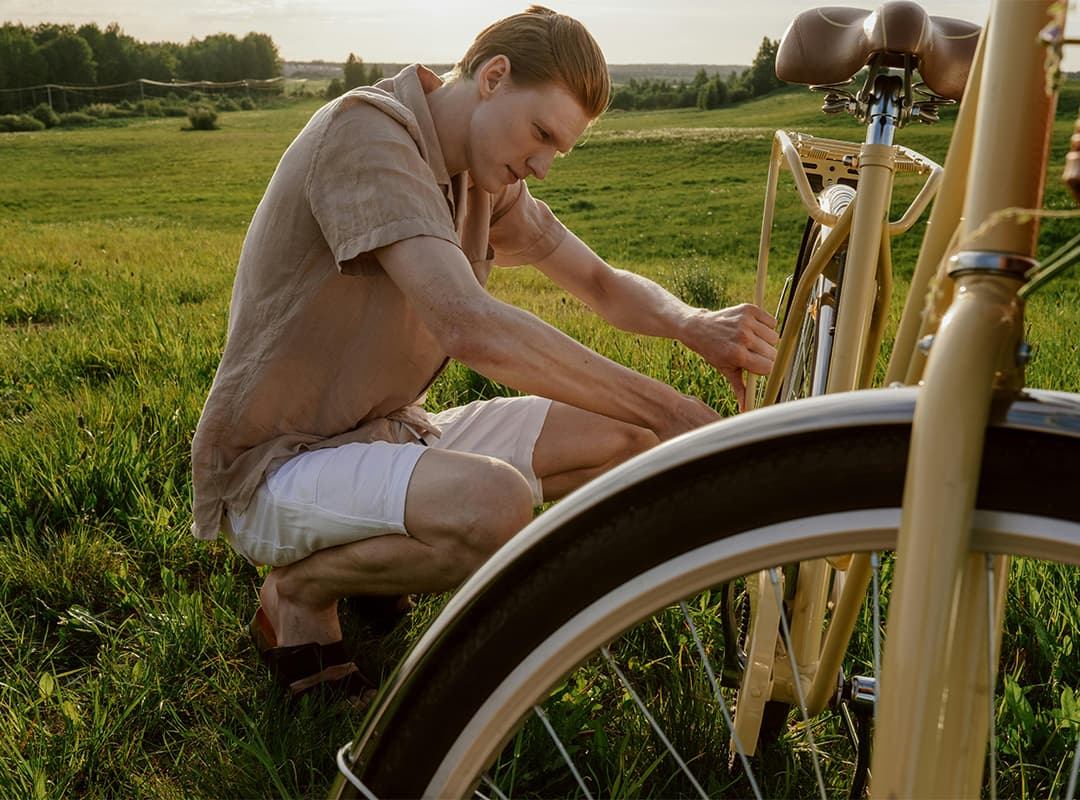Whether you ride a sleek racing machine or a casual townie bike, having a basic understanding of bicycle repair is invaluable for any cyclist. Being able to troubleshoot and fix minor issues on the go can save you from being stranded and enhance your overall cycling experience. Here’s a rundown of essential repair skills every cyclist should master.
1. Fixing a Flat Tire
Why It Matters
Flat tires are one of the most common issues cyclists face. Knowing how to fix a flat can get you back on the road quickly, allowing you to enjoy your ride without the worry of being sidelined by a puncture.
How to Do It
- Tools Needed: Tire levers, a patch kit or spare tube, and a pump.
- Steps:
- Remove the Wheel: Use a quick-release lever or a wrench to detach the wheel from the bike.
- Take Off the Tire: Insert tire levers between the tire and rim, and gently pry the tire away from the rim.
- Inspect the Tube: Locate the puncture by inflating the tube and listening for air escaping or submerging it in water to see where bubbles form.
- Patch or Replace: Use a patch from your kit to cover the hole, or replace the tube if the damage is too severe.
- Reassemble: Place the tube back into the tire, seat the tire back on the rim, and reinstall the wheel on your bike.
2. Adjusting Brakes
Why It Matters
Properly functioning brakes are crucial for safety. Knowing how to adjust your brakes can improve stopping power and ensure a smooth ride.
How to Do It
- Tools Needed: Allen wrenches.
- Steps:
- Check Brake Alignment: Squeeze the brake lever and observe if the pads contact the rim evenly.
- Adjust the Pads: If the pads are misaligned, use an Allen wrench to loosen the bolts and reposition them.
- Tension Adjustment: Most brakes have a tension adjustment screw. Turn it clockwise to increase tension, making the brakes firmer, or counterclockwise to decrease tension.
3. Chain Maintenance
Why It Matters
A clean and well-lubricated chain enhances shifting performance and prolongs the life of your drivetrain components.
How to Do It
- Tools Needed: Chain cleaner, lubricant, and a rag.
- Steps:
- Clean the Chain: Use a chain cleaner to remove dirt and grime. You can also use a rag to wipe it down.
- Lubricate: Apply a few drops of lubricant to each link while rotating the pedals backward. Wipe off any excess to prevent attracting dirt.
4. Basic Gear Adjustments
Why It Matters
Smooth shifting is essential for an enjoyable ride. Knowing how to adjust your gears can prevent skipped shifts and improve overall performance.
How to Do It
- Tools Needed: Allen wrenches and a screwdriver.
- Steps:
- Check Cable Tension: If your bike is not shifting properly, inspect the cable tension. Adjust it using the barrel adjuster on the derailleur or shifter.
- Limit Screws: Ensure the limit screws on your derailleur are set correctly to prevent the chain from falling off the gears.
- Test Shift: After adjustments, shift through the gears to ensure everything operates smoothly.
5. Installing New Components
Why It Matters
Upgrading components like handlebars, saddles, or pedals can enhance your riding experience. Knowing how to install them correctly ensures safety and comfort.
How to Do It
- Tools Needed: Allen wrenches or screwdrivers, depending on the component.
- Steps:
- Remove Old Component: Use the appropriate tool to remove the old part. For example, loosen the screws on your pedals or handlebars.
- Install New Component: Align the new component correctly and tighten the screws or bolts. Make sure they are secure but not overly tight to avoid stripping.
- Check Alignment: Ensure everything is aligned properly and adjust if necessary.
Equipping yourself with these basic repair skills can greatly enhance your cycling experience, whether you’re cruising around town on your townie bike or tackling more challenging trails. Regular maintenance not only improves your bike’s performance but also ensures your safety while riding. Don’t forget that practice makes perfect; the more you work on your bike, the more confident you’ll become in your repair abilities.



